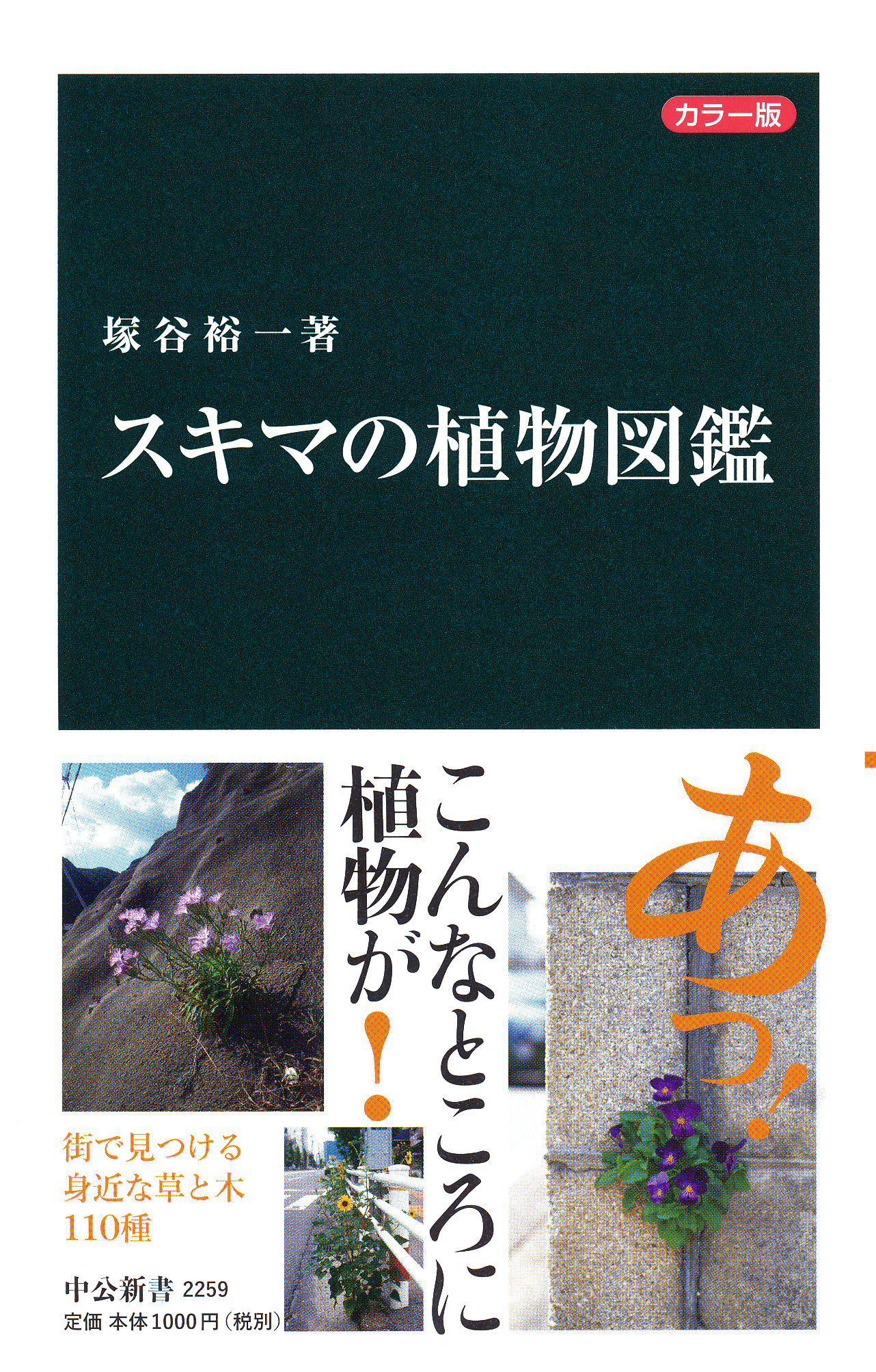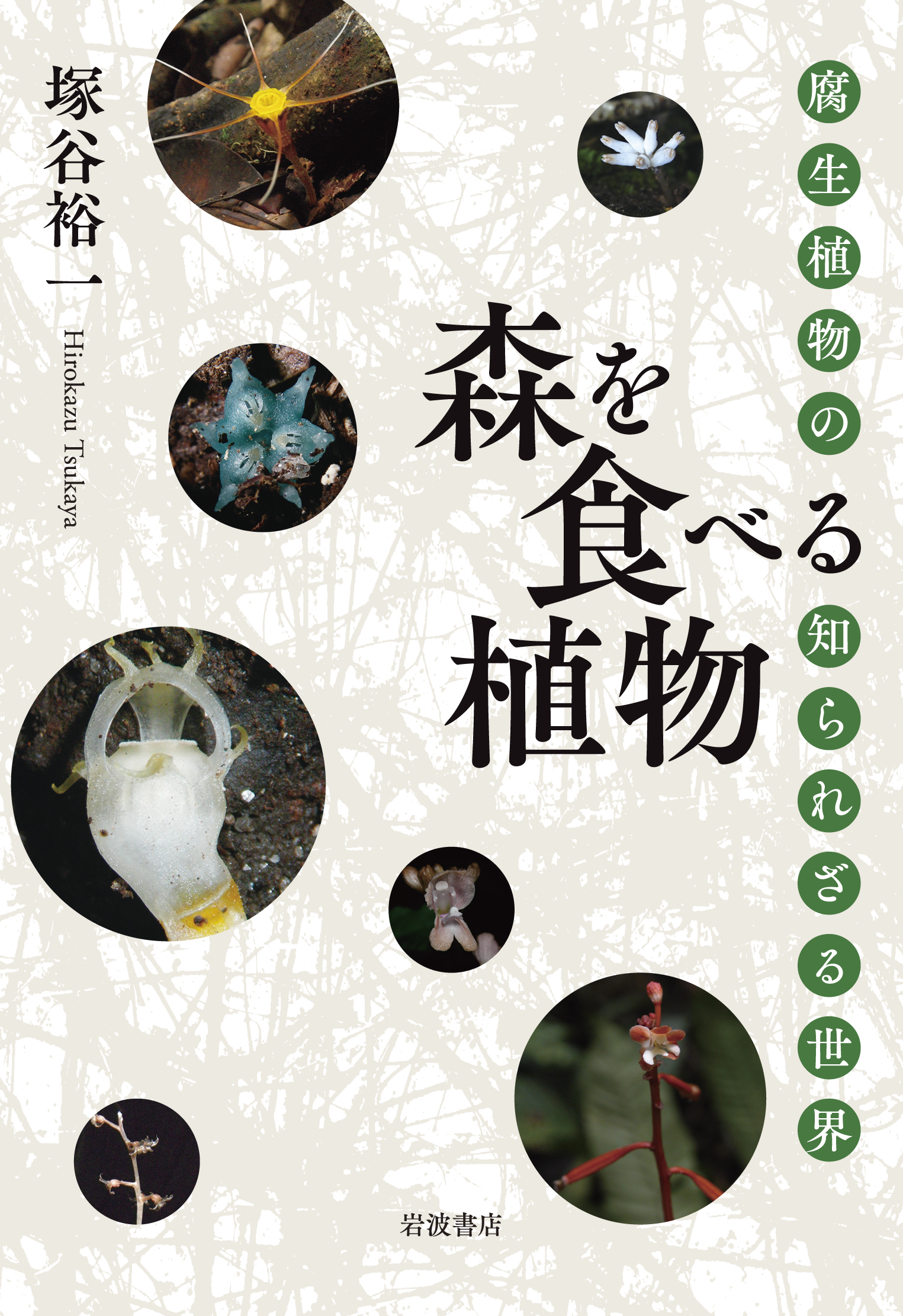
Title
Kyouyou no tame no Shokubutsu-gaku (Botany for the liberal arts)
Size
176 pages, A5 format
Language
Japanese
Released
June 01, 2022
ISBN
978-4-254-17180-8
Published by
Asakura Publishing Co., Ltd
Book Info
See Book Availability at Library
Japanese Page
This book is intended for liberal arts students who are not majoring in biology or agriculture as well as for the general public. It provides an overview of the origin of organisms and the migration of plants to land as well as the taxonomy, morphology, ecology, and physiology of plants. It is a full-color textbook that also explains the relationship between plants and culture.
Global environmental changes have become apparent in recent years, and the role of forests in stabilizing the climate has been shown to be extremely important for the survival of human civilization. The importance of biodiversity, which produces various “ecosystem services” that are essential to human life, has also been recognized. The 21st century will be an era of transformation from modern civilization, which was developed with the use of fossil energy and finite mineral resources, to a civilization that relies on sustainable biological resources such as natural energy and wood. Moreover, a stable food supply is the foundation of our daily lives. In this regard, modern agriculture, which consumes large quantities of chemical fertilizers, chemical pesticides, and groundwater, needs to transform into sustainable agriculture that makes good use of the environmental adaptability of plants and their symbiotic relationships with other organisms.
Under such circumstances, all members of society will need to have basic knowledge of plants and ecosystems to build a sustainable society. However, as molecular biology continues to develop, many recent textbooks on botany are centered on cutting-edge research results such as phylogenetic classification and genome analysis of organisms based on DNA sequences or gene expression analysis using model plants such as Arabidopsis thaliana. There is no denying that readers who have not taken biology in high school will find the content difficult to understand. There have been many popular plant observation guides and picture books that are useful for observing plants in the field. However, we felt that there was a need for a textbook on botany as a “liberal art” that is based on plant morphology and ecology rather than treating botany as a hobby for plant lovers and that provides an overview of the relationship between plants and culture.
The author, Dr. Kyoko Kuboyama, has long served as a part-time lecturer in botany and biology as liberal arts subjects in numerous universities, and her lectures on specific plant life strategies, which use pictures of familiar plants to maintain the interest of her liberal arts students, have been well received at all of her universities. In line with this lecture content, this book provides an easy-to-understand explanation of the basics of plant morphology, ecology, and physiology, which are the basis for understanding plants. Additionally, this book uses familiar plants such as plantains (Plantago asiatic) and paperplants (Fatsia japonica) as teaching materials and includes numerous close-up photographs to provide detailed introductions of the morphological characteristics related to the reproductive strategies of plants (e.g., the shapes of flowers and fruits, pollination, seed dispersal). Furthermore, the book provides explanations of the relationship between plants and our daily lives and culture using numerous examples of plants not only as food and building materials but also as raw materials for such items as spices, medicines, and dyes as well as the inclusion of plants in paintings and poetry.
We hope that by providing this book by which individuals can learn about the life history and adaptation strategies of the plants around us, as well as how plants are deeply involved in our lives, we will contribute to building a 21st-century civilization that co-exists with plants.
(Written by FUKUDA Kenji, Professor, Graduate School of Agricultural and Life Sciences / 2022)



 Find a book
Find a book




